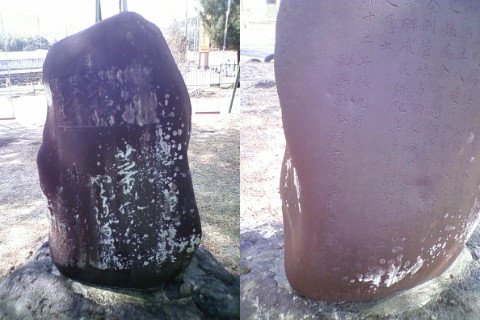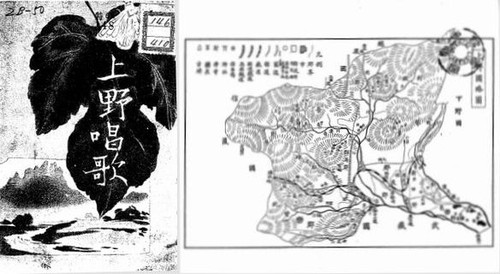科学ニュースに独り言:難解な量子物理学の基本問題に迫る2012年ノーベル物理学賞
2012年10月10日水曜日
昨日は曇り後晴れ。屋外の仕事向きの好天。ざっそう句:家猫が 寝そべって見る 石榴の実。朝、大根と菜を間引き。タマリュウ改植の続き。堀上げ、株分け、植え付け。株が分けつしているので面積は3倍位になった。株間数㎝で改植しているが雑草が入り込むには十分な広さだ。一度芝張りをした部分もあるが、結局芝は長続きしなかった。やや日照不足。タマリュウに期待。9日はノーベル物理学賞の発表があったが、山中伸弥教授のノーベル医学生理学賞ニュースで目立たなかった。
2012年10月9日の天気(AMEDAS)
| TAVE= | 18.6 | |
| TMAX= | 23 | 最高気温(℃) 23.2 14:37 |
| TMIN= | 14.9 | 最低気温(℃) 14.8 06:09 |
| DIFF= | 8.1 | |
| WMAX= | 3 | 最大瞬間風速(m/s)(風向(16方位)) 7.0(東南東) 20:02 |
| SUNS= | 6.6 | |
| RAIN= | 0 |
Q
Q
科学ニュースに独り言:難解な量子物理学の基本問題に迫る2012年ノーベル物理学賞
2012年ノーベル物理学賞が発表されたが、WEBニュースではまだ簡単に報道されているだけのようだ。ヒッグス素粒子の発見はノーベル賞級と言われたが、まだ評価が定まらないようだ。今年のノーベル物理学賞受賞者は下馬評に上がった研究者なのか。ともかく、ノーベル財団のプレスリリースを読んでの感想をメモにする。
高校までの物理はいわゆる古典物理学を学ぶ。大学になってようやく量子力学や統計力学に出会うのが日本の実状だ。先日、「ニールス ボーア 生誕 127 周年」について書いた。量子力学は20世紀に入ってから発展した。物質の性質を研究するのが物理学だが、古典物理学と量子物理学のギャップは大きい。「ニールス ボーア 生誕 127 周年」のDoodleに、光の波動性と粒子性を示している図があった。2012年ノーベル物理学賞の背景を理解するためには量子物理学が不可欠のようだ。
また、物理現象を観測するとき、原子、電子、素粒子等の極微の世界の現象の観測が問題になる。観測されたデータは統計的なデータで、極微の世界を直接表していないと解釈される。量子物理学では、粒子の位置とエネルギー等の物理量を同時に正確に観測することは不可能とされている。また、観測の問題と解釈の問題はシュレディンガー猫の例で説明される事が多い。ノーベル財団ホームページに掲載された参考資料にもシュレディンガーの猫の例が出ている。一般解説書でもシュレディンガーの猫については読めるが、量子物理学の観測の問題と解釈の問題に直面しないと難解のようだ。日常の現象は古典物理学でほとんど説明できるとなると量子の世界はなかなか理解しがたい。エサキダイオードのI-V特性がトンネル現象という量子物理学の現象であると知ったのが卒研でエサキダイオードに出会ったお陰であった。
ともかく、統計現象として観測された事象の個々の挙動は本当はどんな様子なのか知りたくなる。2012年ノーベル物理学賞の対象は、「"for ground-breaking experimental methods that enable measuring and manipulation of individual quantum systems"」とあり、個々の量子系の測定や操作を可能にした実験方法にあるのだろう。要するに、特殊な物理条件を作ってやれば粒子性と波動性が干渉することなく個別に観測できる方法を開発したのではないかと理解するが~。そうでなければ、量子コンピュータの実現は不可能だろう。
実用面では、セシウムの原子振動を使うセシウム標準時計より100程正確な光標準時計や量子コンピュータの実現例が挙げられている。今世紀中に実用化が予想される量子コンピュータはどのくらいの能力を持つのか。当時トンネル現象を利用したエサキダイオードは高速コンピュータ用のデバイスとして脚光を浴びたが、ついに商業的に実用化する事はなかった。一方トランジスタはコンピュータ用のデバイスとして生き残っている。トランジスタが究極のデバイスでなければ、それを乗り越えるデバイスも出てくるのだろう。量子コンピュータも夢のデバイスに違いない。「ground-breaking」=「groundbreaking」=「革新的{かくしん てき}な、画期的{かっき てき}な」。量子物理学の基本的な部分を解明した業績のようだが、プレスリリースも難解だ。専門家の解説を調べて見たい。ともかく、従来不可能と思われていた事を可能にするという発明・発見はインパクトが大きいのだろう。
以下はノーベル物理学賞発表のプレスリリース本文(http://www.nobelprize.org/nobel_prizes/physics/laureates/2012/press.html)より引用
**********************************
Press Release
9 October 2012
The Royal Swedish Academy of Sciences has decided to award the Nobel Prize in Physics for 2012 to
Serge Haroche
College de France and Ecole Normale Superieure, Paris, France
and
David J. Wineland
National Institute of Standards and Technology (NIST) and University of Colorado Boulder, CO, USA
"for ground-breaking experimental methods that enable measuring and manipulation of individual quantum systems"
Particle control in a quantum world
Serge Haroche and David J. Wineland have independently invented and developed methods for measuring and manipulating individual particles while preserving their quantum-mechanical nature, in ways that were previously thought unattainable.
The Nobel Laureates have opened the door to a new era of experimentation with quantum physics by demonstrating the direct observation of individual quantum particles without destroying them. For single particles of light or matter the laws of classical physics cease to apply and quantum physics takes over. But single particles are not easily isolated from their surrounding environment and they lose their mysterious quantum properties as soon as they interact with the outside world. Thus many seemingly bizarre phenomena predicted by quantum physics could not be directly observed, and researchers could only carry out thought experiments that might in principle manifest these bizarre phenomena.
Through their ingenious laboratory methods Haroche and Wineland together with their research groups have managed to measure and control very fragile quantum states, which were previously thought inaccessible for direct observation. The new methods allow them to examine, control and count the particles.
Their methods have many things in common. David Wineland traps electrically charged atoms, or ions, controlling and measuring them with light, or photons.
Serge Haroche takes the opposite approach: he controls and measures trapped photons, or particles of light, by sending atoms through a trap.
Both Laureates work in the field of quantum optics studying the fundamental interaction between light and matter, a field which has seen considerable progress since the mid-1980s. Their ground-breaking methods have enabled this field of research to take the very first steps towards building a new type of super fast computer based on quantum physics. Perhaps the quantum computer will change our everyday lives in this century in the same radical way as the classical computer did in the last century. The research has also led to the construction of extremely precise clocks that could become the future basis for a new standard of time, with more than hundred-fold greater precision than present-day caesium clocks.
**********************************
 |
| |x
|x
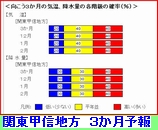
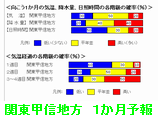


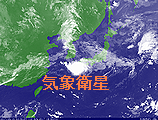














































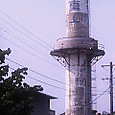
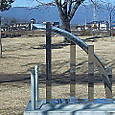

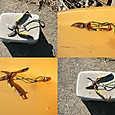

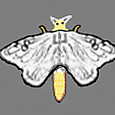



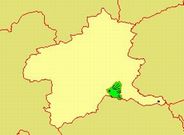









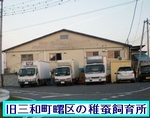

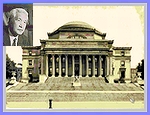
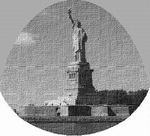


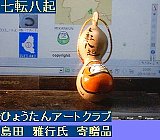























 | 「蚕の蛾の産卵イメージ」=ローテク実験ビデオ(DL=画像をクリック);
| 「蚕の蛾の産卵イメージ」=ローテク実験ビデオ(DL=画像をクリック); 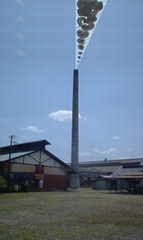 | ローテク実験ビデオ(DL=画像をクリック);
| ローテク実験ビデオ(DL=画像をクリック); 